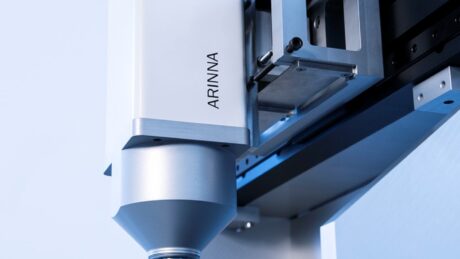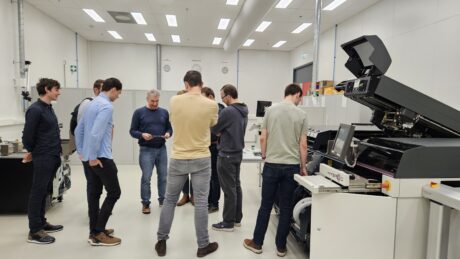Lump Mass model – steady state
This calculator was made for educational purposes only. No rights can be obtained from the results you calculate. If you have comments please contact info@dspe.nl.
References

May 30 DSPE Knowledge day…
Please be invited to the upcoming DSPE Knowledge Day at Settels Savenije Eindhoven.
Read more

YPN visited Kulicke & Soffa…
The Young Precision Network (YPN) - part of the DSPE community - organises events for young professionals and students. On Thursday February 1st, YPN organised a visit to Kulicke & Soffa in Eindhoven.
Read more